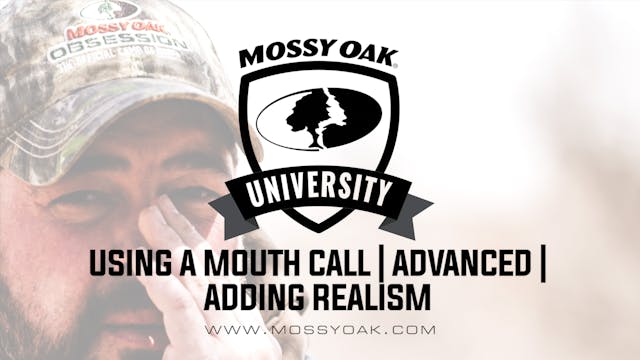Once you’re able to produce consistent sound with a mouth call, begin working on the variations of calls that wild turkeys make, clucks, cuts and yelps, for example. You want to be able to mimic the sounds a hen makes, which are varied in style and volume. Slight variations in your calling can make all the difference.
Up Next in Josh Grossenbacher Turkey Calling Tips
-
How to Use a Mouth Turkey Call for Be...
There are three parts to a diaphragm or mouth call: the tape, the frame and the latex reed. The mouth call goes in tape end first and reed facing outward. Rest the call on your tongue and press it to the roof of your mouth to create a seal with your palate. Pushing air through the call causes the...
-
How to Use a Mouth Call • Advanced • ...
Once you’re able to produce consistent sound with a mouth call, begin working on the variations of calls that wild turkeys make, clucks, cuts and yelps, for example. You want to be able to mimic the sounds a hen makes, which are varied in style and volume. Slight variations in your calling can ma...
-
When to Soft Call to Turkeys • Yelps,...
Once you have a turkey’s attention, you need to change your calling. Yelps, clucks and purrs with the soft calling technique can help coax the gobbler to come to you.



